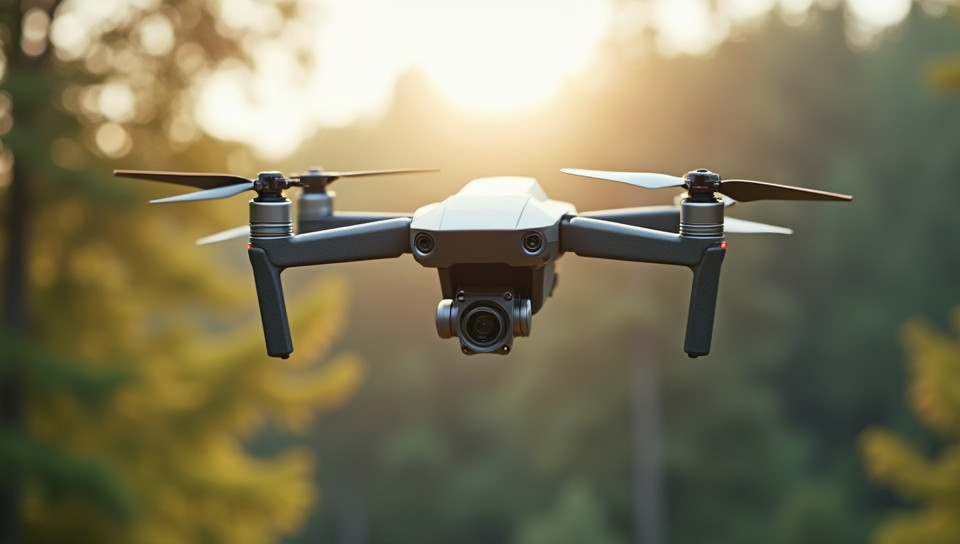Environmental monitoring with drones has become increasingly popular 74%

Environmental Monitoring Soars to New Heights
As we continue to grapple with the complexities of climate change, environmental degradation, and resource management, the need for effective monitoring and conservation efforts has never been more pressing. Amidst this backdrop, a revolution is underway in the world of environmental monitoring: drones are taking to the skies.
The Rise of Drone Technology
In recent years, drone technology has undergone a remarkable transformation. Advances in hardware, software, and sensors have made it possible for drones to fly higher, farther, and with greater precision than ever before. This has opened up new possibilities for environmental monitoring, allowing researchers and conservationists to collect data on a scale and scope that was previously unimaginable.
Applications of Drone-Based Environmental Monitoring
Drone-based environmental monitoring is being used in a wide range of applications, including:
- Wildlife tracking and management
- Habitat mapping and surveying
- Water quality monitoring
- Forest health assessment
- Disaster response and recovery
The Benefits of Drone-Based Environmental Monitoring
So why are drones becoming an increasingly popular tool for environmental monitoring? Here are just a few reasons:
- Cost-effectiveness: Drones can be significantly cheaper than traditional monitoring methods, such as helicopters or fixed-wing aircraft.
- Increased efficiency: Drones can cover large areas quickly and efficiently, allowing researchers to collect more data in less time.
- Improved safety: By reducing the need for human observers in remote or hazardous areas, drones can improve safety and reduce risk.
The Future of Environmental Monitoring
As drone technology continues to evolve, we can expect to see even greater innovation and application in environmental monitoring. Already, researchers are exploring the use of drones equipped with advanced sensors, such as hyperspectral cameras and LiDAR systems, to gather detailed information on ecosystems and habitats.
In conclusion, the integration of drones into environmental monitoring is a game-changer. By providing cost-effective, efficient, and safe means of collecting data, drones have the potential to revolutionize our understanding of the natural world and inform more effective conservation efforts. As we look to the future, it's clear that drone-based environmental monitoring will play an increasingly important role in addressing some of the most pressing challenges facing our planet today.
- Created by: Sebastián Salazar
- Created at: Aug. 11, 2024, 1:01 a.m.
- ID: 6776
